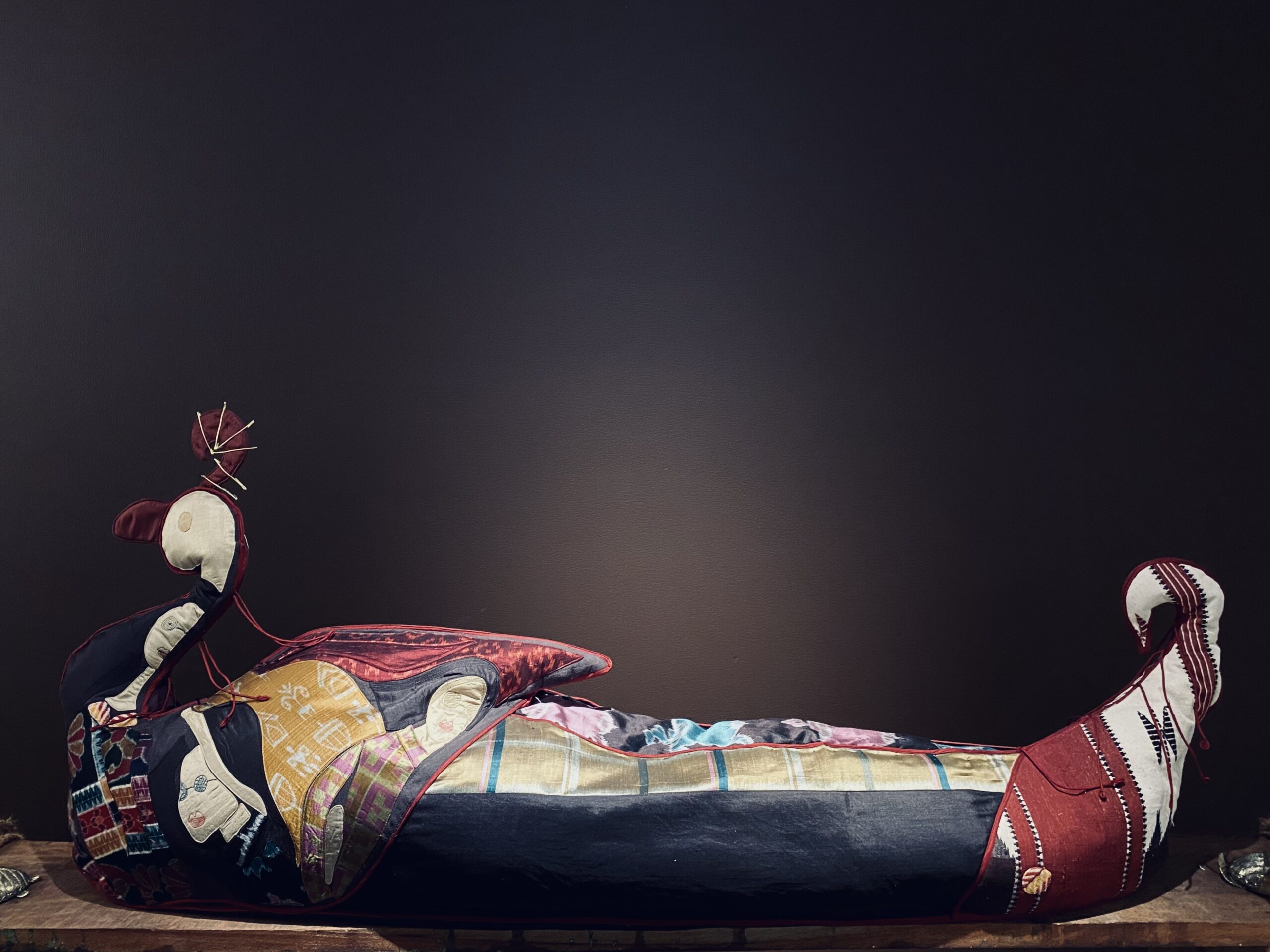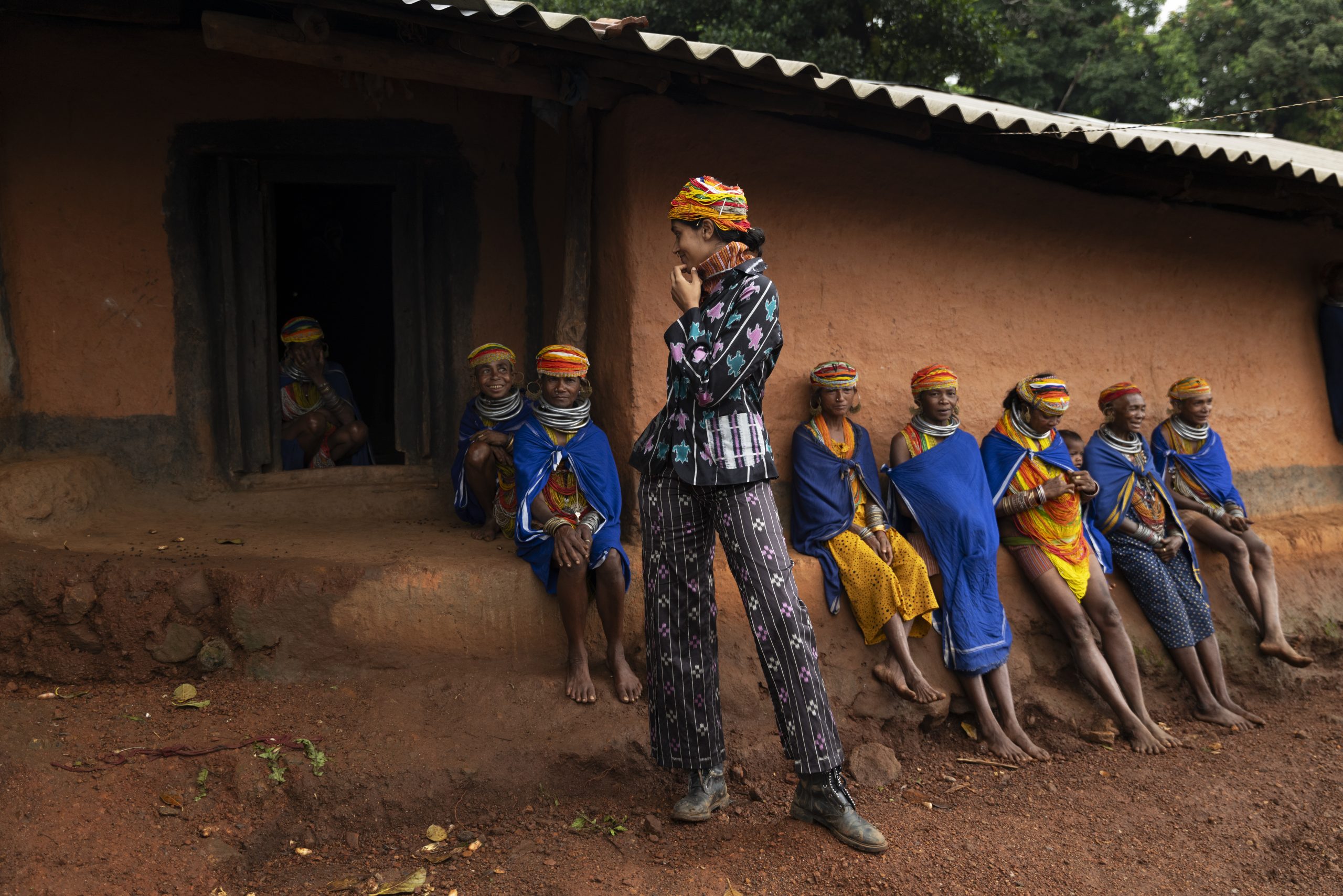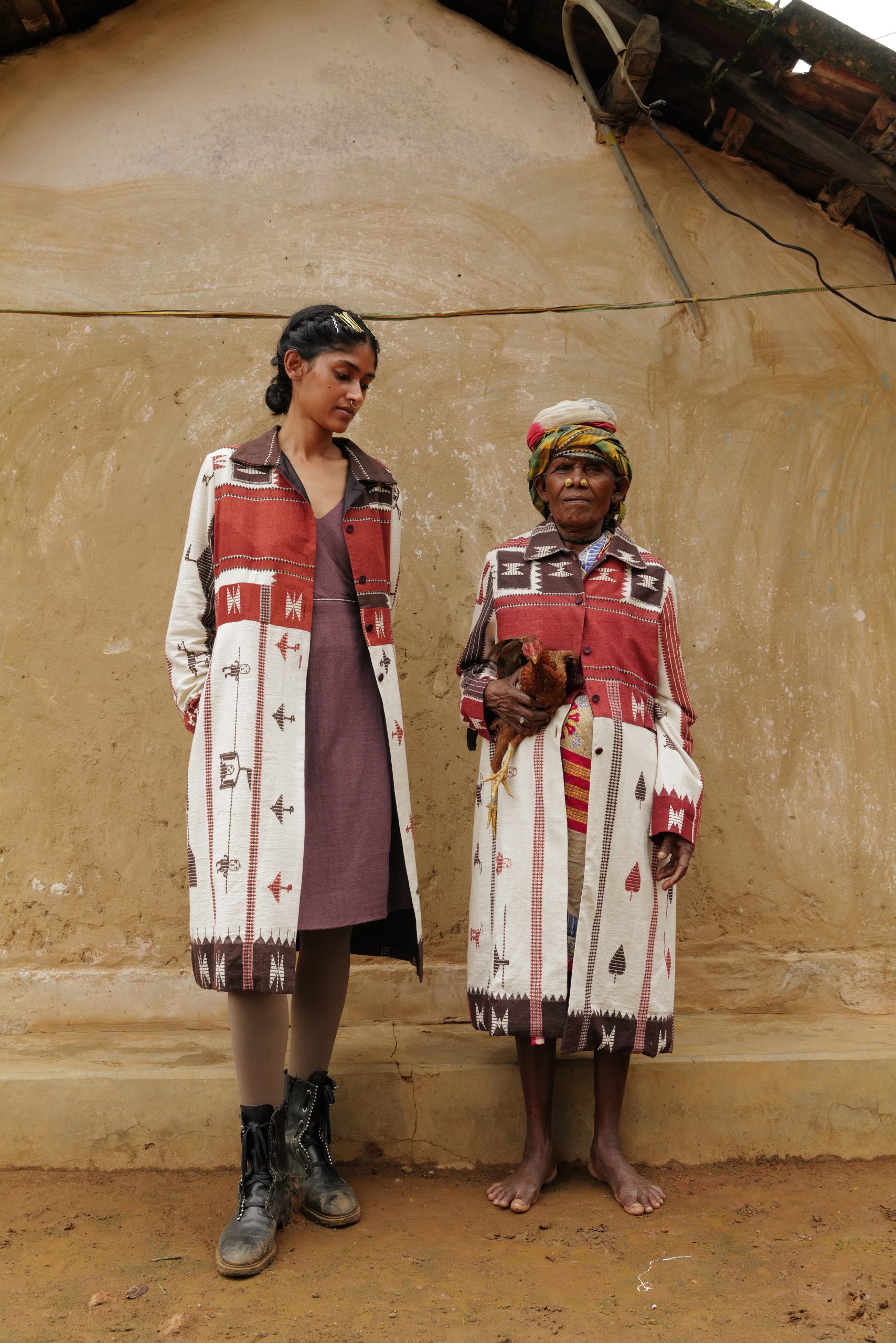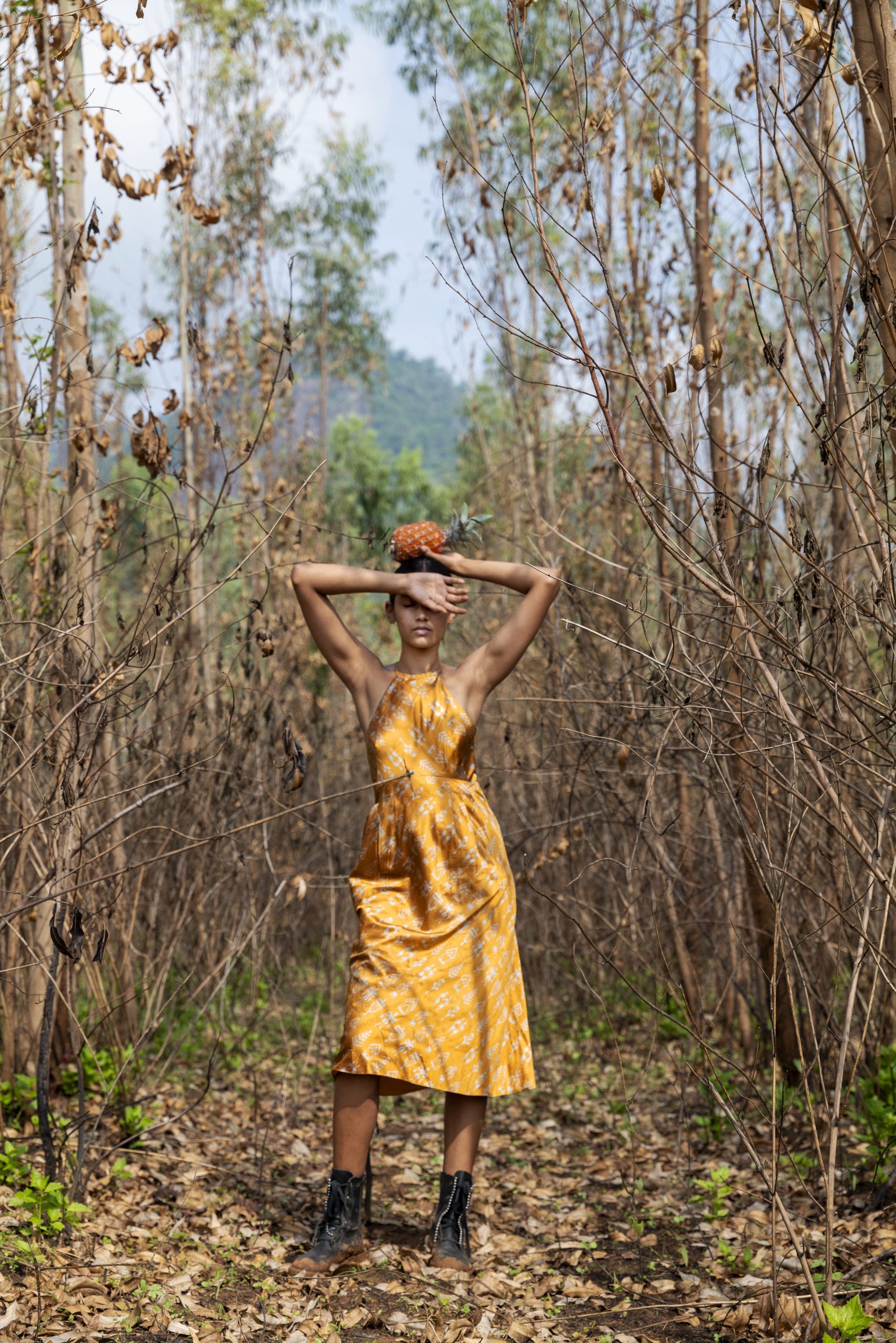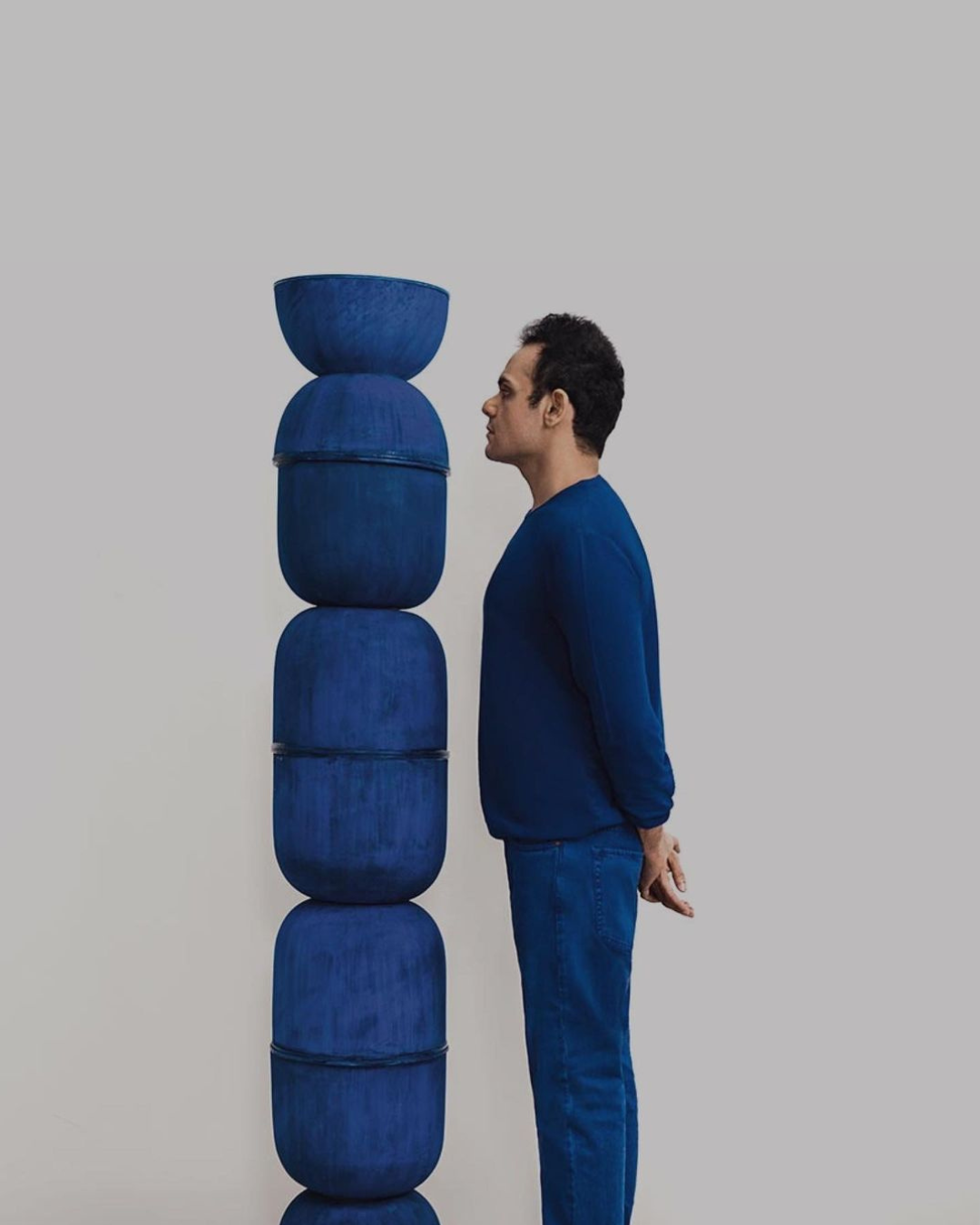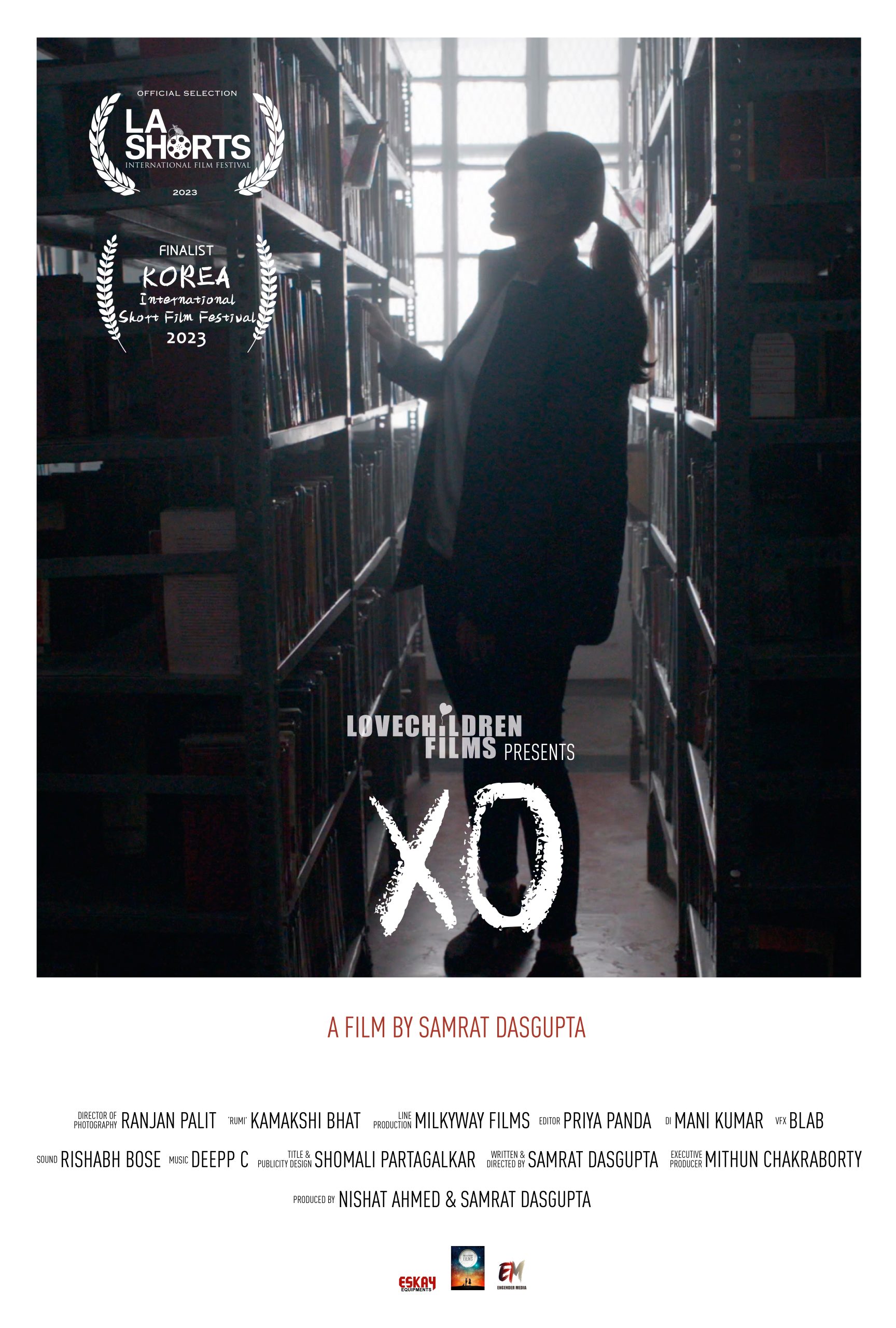During the pandemic, Richa Maheshwari, the brain behind Boito, embarked on a journey into the heart of Odisha, her home state, which had always been a latent desire. This exploration revealed the rich tapestry of the region’s cultural heritage, particularly its exquisite weaving techniques, notably the Banda technique. With its plethora of stories and mythologies, Odisha served as a canvas for these narratives to be intricately woven. It led to the birth of Boito — a clothing brand that highlights the communities and weaving traditions of Odisha.
“Boito” is a word for a celebrated, ornamented boat in Oria. During Kalinga’s golden era, the weaving of fine cotton and silk was a key income source of the state, earning it the title “Golden Bird” for skilled artisans. Odisha played a pivotal role in the textile industry, focusing on crafting exquisite textiles loaded onto Boito. Adept weavers and access to the Bay of Bengal’s east-side port transformed these efforts into cultural exchanges.
The journey of Boitos (boats) marked a flourishing enterprise, involving families in intricate weaving and tie-dye artistry. A symbiotic relationship among artists emerged, celebrated through festivals like Boito Bandana. The event, held on the Mahanadi’s banks and in Cuttack, pays homage to ancient mariners. Boito’s textiles brought prosperity to regions like Lanka, Burma, China, Indonesia, Bali, and Sumatra. Traders, who sailed across the seas, returned in May and determined the fates of families. Boito’s story is a powerful narrative of history, craftsmanship, and communal spirit in cultural heritage.
Motivated by a deep connection to her roots and a desire to bridge the gap between traditional communities and commerce, Richa founded Boito. “The brand goes deeper than just paying homage to the communities; it’s also a call-back to the history of these weavers,” says Richa.
This venture focuses on creative expression and sustainability while sourcing unique textiles from communities to create a symbiotic relationship between craftsmanship and business. Boito emerged as an experimental endeavour, a testament to Richa’s commitment to understanding, preserving, and celebrating the diverse cultural heritage of her home state.
Boito’s official campaign with local communities of Odisha
As Richa’s journey unfolded in Odisha, encounters with indigenous tribal communities added a profound layer to the experience. Odisha boasts approximately 62 tribal communities, among which 17 are dedicated to the art of weaving. Each tribe, with its unique cultural identity, contributed a distinct and unparalleled element to the landscape. Notably, the Bonda community, tracing its roots back to Africa, remains a captivating enigma, residing in the remote Bonda ghat in Malkangiri. However, due to their status as a vulnerable tribal group, visiting their habitat requires special permission.
The Bonda community, with its age-old traditions, eschews modern interventions, maintaining a distinctive way of life. Their clothing, consisting solely of beads, mirrors an African aesthetic, and their matriarchal society emphasises the role of women in daily activities. The men, primarily engaged in farming, wear a distinctive loincloth called the Ringu, crafted from the sturdy textile woven using the backs of trees. Celebrating the matriarchal nature of the Bonda tribe, Boito engages in collaborations with “wonder women” who contribute to the creation of unique garments.
In the exploration of style at Boito, a trench coat becomes a canvas for self-expression. The absence of deliberate styling by the designers is evident, as the trench coat itself embodies their aesthetic identity. Observing a woman adorned in this trench coat reveals an innate sense of style characterised by meticulously harmonised colours. A striking silver accessory, embellished with a single band of red, graces her hands.
(L-R) Showcase of Boito’s collection alongside a woman from Bonda community; Boito’s presentation
Gobradhan Panika, a master weaver from Kotpad village, renowned for his intricate handloom work has served as an inspiration and an advisor for Richa and Boito. Employing an extraordinary dyeing process using the roots of the Al (mulberry) tree, he creates a unique colour palette of red, chocolate brown, light brown, and dark brown. The resulting yarn, distinct from conventional materials, becomes a distinctive feature in Boito’s designs. The motifs, crafted through the extra weft technique, reflect the patience and skill inherent in Panika’s traditional craftsmanship.
A peculiar yet interesting instance arises in the choice of textiles featuring cats. Despite the global perception of cats as inauspicious, for the Kotpad community, they hold a special, auspicious significance. This incorporation of cat motifs into their textiles adds a touch of curiosity while symbolising the enduring tradition behind this cultural expression.
When it comes to crafting luxury, inspiration is drawn directly from the styles and hues prevalent in remote communities. The collection encapsulates the essence of these communities, incorporating elements such as motifs of cats, butterflies, and other animals that are important to these communities, and beads as accents. The colour palette mirrors what naturally flourishes in indigenous communities, creating a profound connection between the garments and the cultural landscapes that inspired them.
In the realm of garment storytelling, Boito and Richa aim to capture the essence of individuals who have gracefully upheld their traditions and cultures through clothing. Their attire not only reflects their distinctiveness but also carries the values and beliefs deeply embedded in their communities. These garments, adorned with timeless motifs, serve as vessels for cultural narratives. Boito, under Richa’s guidance, stands as a beacon of cultural appreciation and preservation, weaving together history, craftsmanship, and communal spirit into the fabric of its identity.
Words by Esha Aphale.
Image courtesy Boito.
